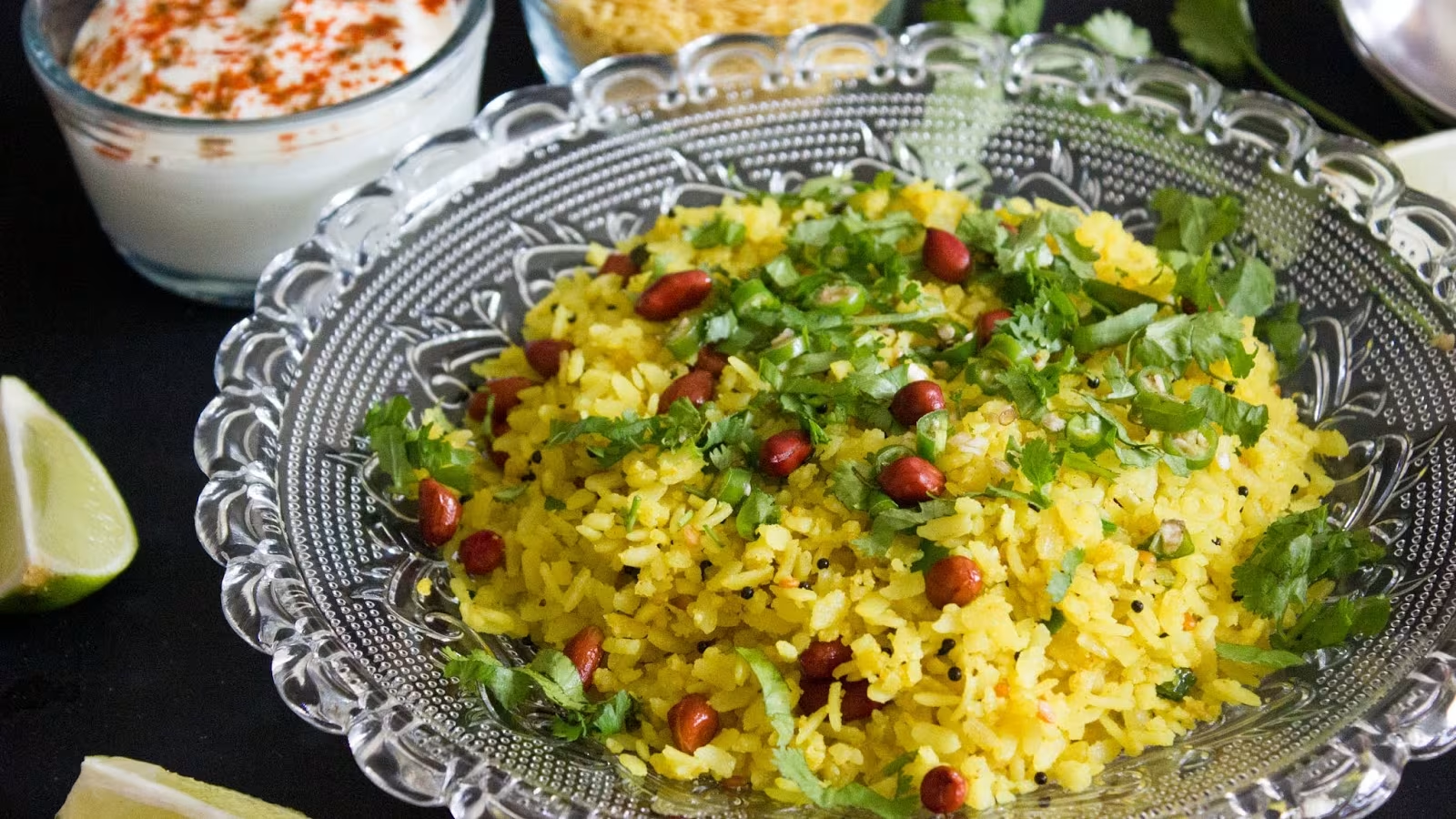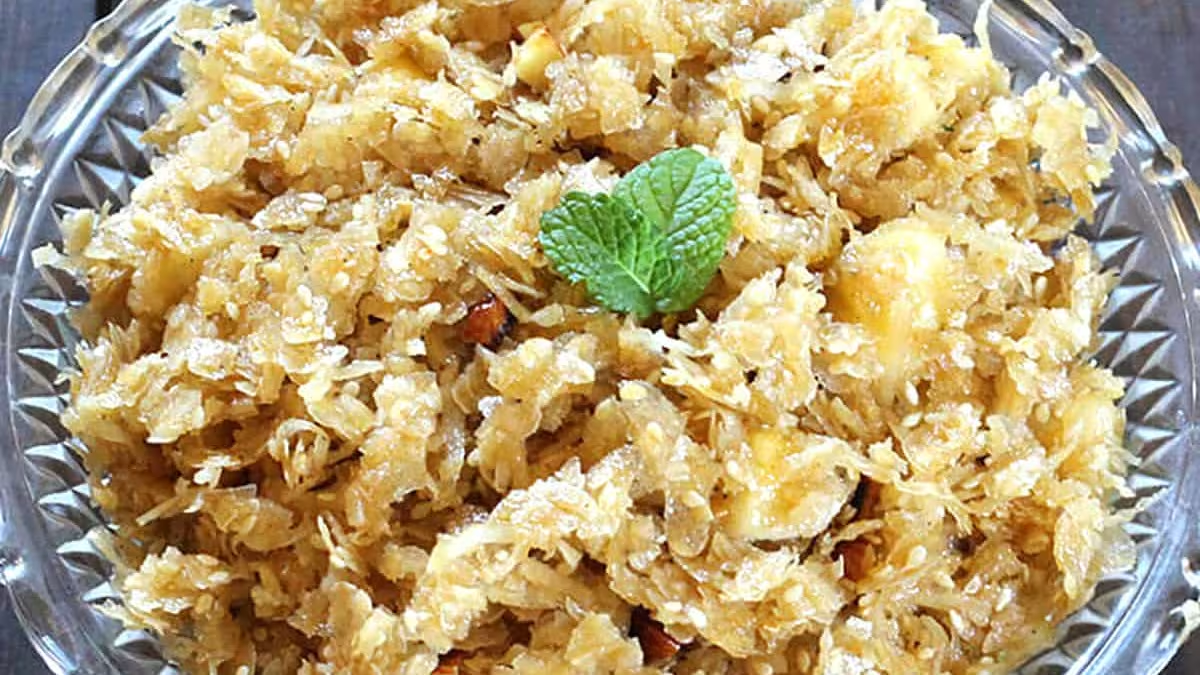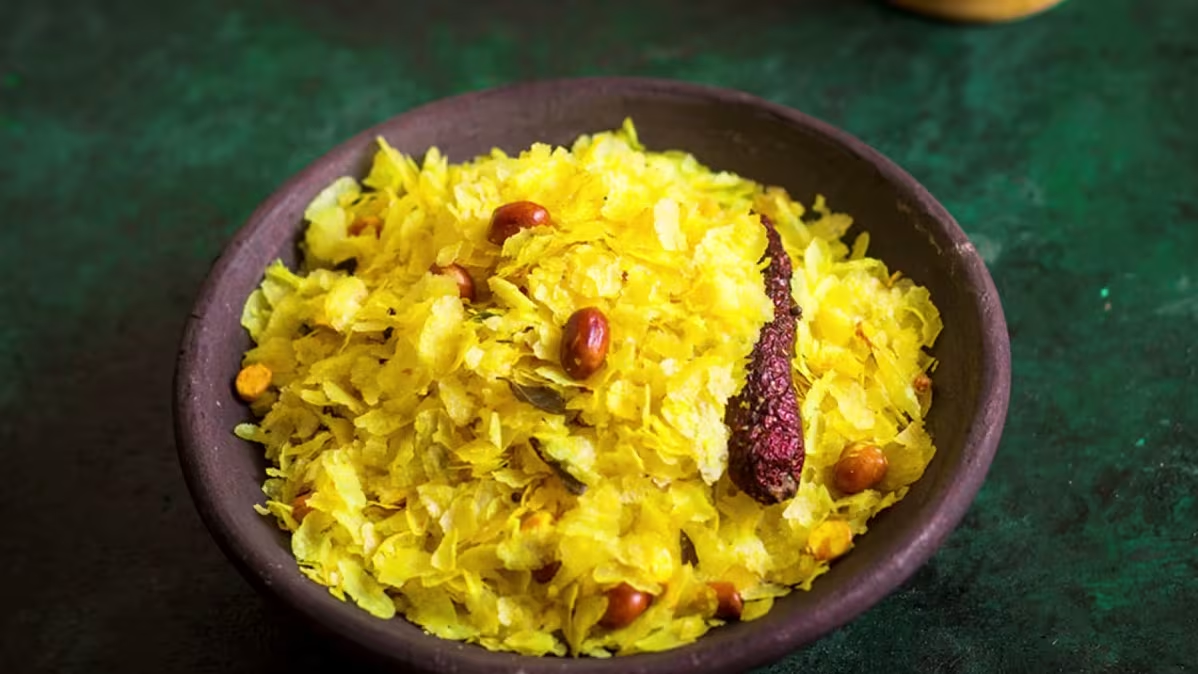
Deliciously Simple Avalakki Recipe: A Traditional South Indian Delight
Written by Jessica Lopez
Published at 25-12-2022
Edited on 03/24/2025 | 04:58 AM
Breakfast RecipesCourse: Breakfast
Cuisine: Indian
Difficulty: Easy
Servings
4 servings
Prep Time
10 minutes
Cooking Time
15 minutes
Total Time
25 minutes
Fat
8g
Protein
6g
Carbs
40g
Calories
250 kcal
Welcome to the world of Avalakki, a delightful dish that embodies the rich culinary heritage of South India! Also known as beaten rice or flattened rice, Avalakki is a versatile ingredient that can be transformed into a variety of dishes. Whether you're looking for a quick breakfast, a light snack, or a nutritious meal, this Avalakki recipe is your answer! Its simplicity and ease of preparation make it a favorite among busy home cooks and food enthusiasts alike. What makes Avalakki so special? Not only is it incredibly easy to cook, but it's also packed with flavor and nutrition. You can customize it to suit your taste by adding spices, vegetables, or even protein.
The best part? This dish can be prepared in under 15 minutes, making it perfect for those hectic mornings or when unexpected guests arrive. In this recipe, we will guide you through the steps to create a traditional Avalakki upma that bursts with flavors and textures. With crisp mustard seeds, fresh curry leaves, and a medley of vegetables, this dish is not only delicious but also visually appealing. Plus, it’s a fantastic way to introduce a taste of South Indian cuisine to your family and friends. Join us in exploring the world of Avalakki, where simplicity meets flavor.
Get ready to whip up this tasty treat that will have everyone asking for seconds! Let’s dive into the Avalakki recipe that you will want to make again and again!.


